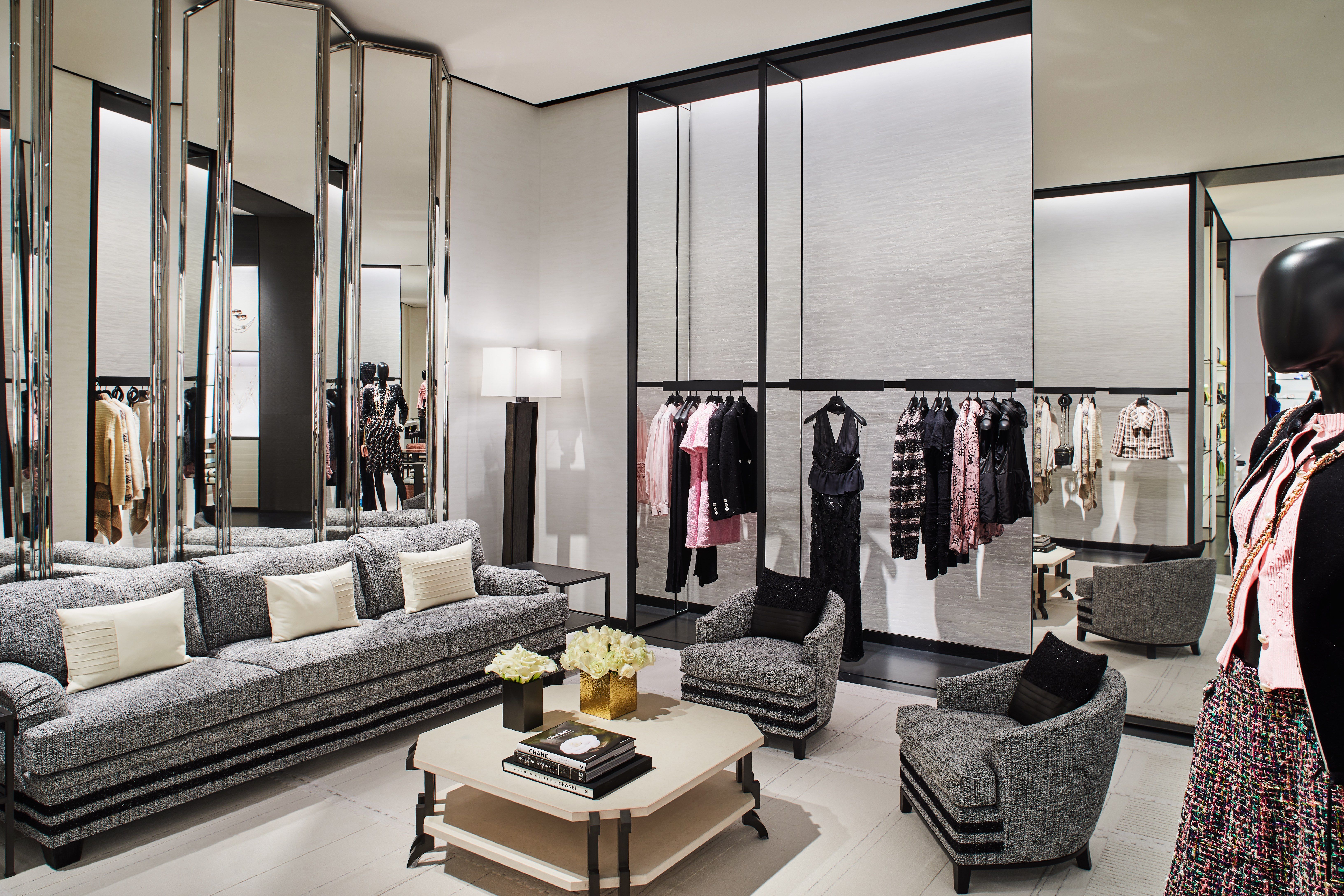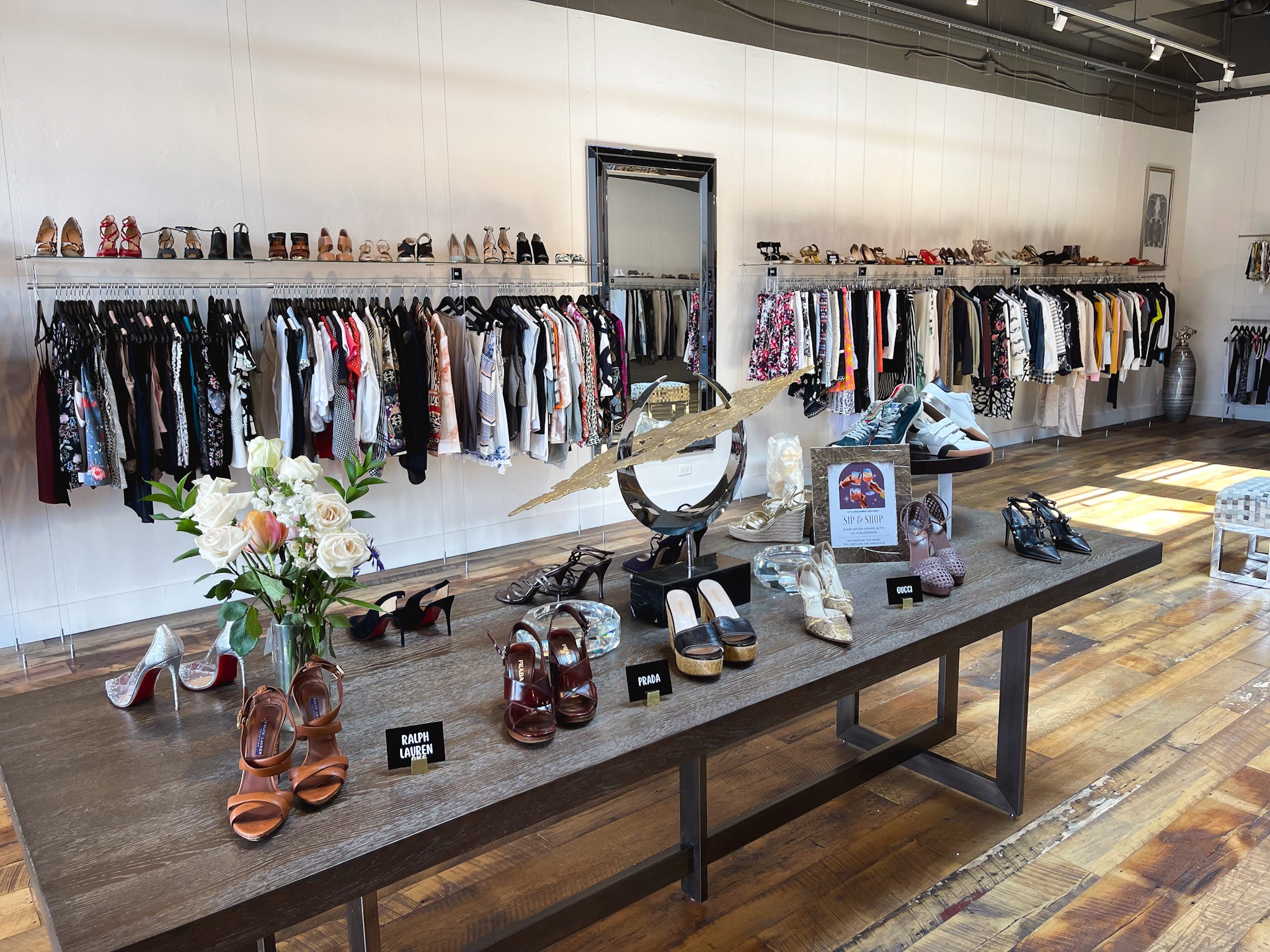Raise Your Closet with Magnificent Boutique Fashion Fundamentals
Raise Your Closet with Magnificent Boutique Fashion Fundamentals
Blog Article
Checking Out the Development and Effect of Clothes on Modern Style Trends
The advancement of apparel has dramatically influenced contemporary fashion patterns, merging historic precedents with cutting-edge developments. Famous figures like Coco Chanel and Yves Saint Laurent reinvented the apparel industry by presenting ideas that prioritize comfort and availability, which continue to reverberate today. Technological strides in locations such as 3D printing and smart fabrics are redefining layout possibilities and consumer experiences (boutique fashion). Additionally, the growing emphasis on inclusivity and sustainability is reshaping industry standards. As we consider these complex influences, one have to wonder about just how these aspects jointly redefine style's duty in reflecting and forming contemporary society.
Historic Style Influencers
In the tapestry of style history, specific figures have left an enduring mark, forming the fads and styles that specify whole periods. Coco Chanel, a cutting edge designer, redefined females's style by presenting comfy, stylish garments that left from limiting corsets. Her iconic Chanel match and little black dress have become classic staples in wardrobes worldwide. Christian Dior's post-war "New Look" in 1947, with its party of femininity via complete skirts and cinched midsections, noted a return to luxury and has actually proceeded to influence designers.
Elsa Schiaparelli is another pivotal number, renowned for her progressive layouts that included surrealist art, working together with Salvador Dalí to develop whimsical items that tested traditional aesthetic appeals. Her innovative use of shade and strong patterns resounds in modern style. Yves Saint Laurent, meanwhile, democratized high style with prêt-à-porter collections, bringing runway styles to the masses and setting a criterion for modern ready-to-wear lines.
These dreamers, to name a few, not only revolutionized fashion in their times but additionally set sustaining fads that resonate in today's fashion industry, providing a structure upon which modern designers remain to construct and innovate. Their traditions emphasize the importance of imagination and bold in style's ever-evolving story.
Technical Developments in vogue
Amidst the vibrant landscape of the garment industry, technological advancements stand at the center of innovation, reshaping just how designers create and consumers engage with fashion. The integration of 3D printing has actually reinvented layout procedures, making it possible for designers to explore complex frameworks and lasting materials that were formerly impossible. This modern technology facilitates quick prototyping, lowering waste and quickening manufacturing times.

Smart textiles, embedding technology into fabrics, are likewise changing the sector. Advancements like self-cleaning and temperature-regulating fabrics provide boosted capability and comfort. Wearable innovation, integrating attributes like physical fitness tracking and interaction, adds a brand-new dimension to style, merging looks with usefulness.
Social Changes and Style
As technical improvements remain to improve the style sector, cultural changes are similarly prominent, redefining design and customer preferences. In the last few years, the surge of social networks platforms has increased the dissemination of global try this website style fads, enabling diverse social influences to merge and coexist. This digital interconnectivity has facilitated the rapid exchange of concepts, leading to a much more eclectic and comprehensive interpretation of style that mirrors the complex nature of modern society.
Social recognition and gratitude have motivated designers to attract motivation from a broader range of ethnic and historic contexts, integrating typical motifs with contemporary looks. This combination has actually caused style that resonates with a larger audience, advertising a feeling of identification and belonging across various demographics. In addition, the raising demand for personalization has actually driven brand names to provide adjustable choices, making it possible for customers to reveal uniqueness while reflecting their social heritage.
Moreover, moving social values have influenced fashion, with inclusivity and variety becoming central styles. The market has actually started to accept designs and influencers of numerous body kinds, ethnicities, and sex identifications, tough standard beauty requirements. This transformation highlights the power of social shifts in forming the future of style, as design comes to be a much more authentic expression of individual and cumulative identification.
Sustainability and Modern Layout
While the fashion industry proceeds to evolve, the important for sustainability has ended up being progressively immediate, affecting modern-day style practices. The rise of sluggish fashion, which stresses quality over amount, motivates consumers to spend in classic items rather than transient trends.
Moreover, contemporary layout is characterized by its innovation in decreasing waste and promoting circularity. Strategies such as zero-waste pattern cutting and 3D knitting are gaining grip, allowing developers to develop garments with marginal fabric wastefulness. Additionally, brands are taking on transparent supply chains, ensuring liability and promoting consumer count on. This method not just mitigates ecological influence however additionally boosts the social duty of style homes.

Future Trends in vogue

Sustainability will remain to be a Read Full Report driving force in forming future fashion patterns. The market is progressively adopting green materials and moral production approaches, responding to a growing consumer demand for liable practices. Innovations such as bio-fabricated materials and closed-loop recycling systems are set to redefine how clothing is produced and eaten, reducing ecological impact while maintaining design and high quality.
Social shifts, including the rise of inclusivity and variety, will certainly likewise play an essential function. As society comes to be a lot more knowledgeable about social problems, fashion is expected to come to be a platform for expression and modification. Developers will likely concentrate on creating collections that mirror a more comprehensive series of experiences and identifications, championing depiction and accessibility.
Final Thought
The evolution of garments considerably impacts modern-day style trends, where historical impacts merge with modern layouts. Secret numbers like Coco Chanel and Yves Saint Laurent have redefined design, while technological technologies such as 3D printing and smart textiles broaden creative possibilities. Cultural changes in the direction of inclusivity and sustainability compel brand names to adopt ethical methods and embrace diversity. This continuous advancement underscores style's role as a mirror to societal values and technical innovation, suggesting a future rich with innovation and inclusivity.
The evolution of clothes has actually dramatically affected modern-day style patterns, combining historic criteria with advanced innovations.Amidst the vibrant landscape of the fashion sector, technological developments stand at the leading edge of advancement, improving exactly how designers you could try here create and customers involve with style.While the fashion industry proceeds to advance, the vital for sustainability has actually ended up being increasingly urgent, affecting modern design methods. As sustainability comes to be ingrained in modern-day layout, it leads the means for an extra conscious and accountable fashion industry.
The advancement of apparel substantially affects contemporary fashion trends, where historic influences combine with modern layouts.
Report this page